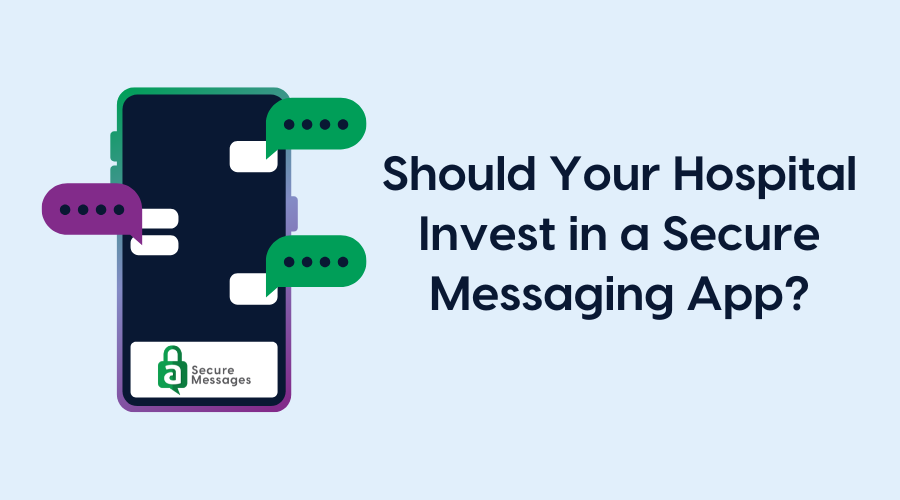The use of technology in healthcare is a big deal and a big business. The global healthcare IT market is expected to be worth over $886 billion by 2032. However, the ultimate goal of healthcare technology is to improve everything related to the healthcare system—most importantly, patient health.
In recent years, significant technological advances have also been made regarding the technology used in healthcare communication. Electronic health records (EHRs) have transformed an antiquated paper-based process into a digital system where shared records allow all authorized staff to access a patient’s complete medical history, medications, and allergies in real time, reducing information gaps.
Collaboration software platforms facilitate team discussions, task management, and real-time updates on patient care plans. Secure messaging apps facilitate quick and easy communication between healthcare providers, eliminating the reliance on pagers and phone calls with the potential for missed messages. Telehealth enables virtual consultations for remote communication with specialists, improving access to care and reducing delays.
[RELATED: Supporting Patient Handoff Procedures with Communication Apps]
However, technology alone isn’t a magic bullet. Communication breakdowns persist despite technology. Many factors that contribute to communication breakdowns, including:
- Data Overload. EHRs can contain vast amounts of information, making it challenging for healthcare professionals to identify the most critical details.
- Integration Challenges. Integrating new technologies with existing workflows can be complex and time-consuming, and staff may need additional training.
- Focus on Efficiency Over Interaction. Technology can streamline communication but also lead to a depersonalized approach.
- Not All Communication is Digital. Building rapport, addressing patient concerns, and managing difficult conversations require strong interpersonal communication skills.
The ideal scenario is to leverage technology’s strengths for efficiency and information sharing while emphasizing the importance of strong interpersonal communication skills to ensure clear understanding and avoid misinterpretations.
A hospital’s call center is often overlooked but plays a vital role in combating communication breakdowns. Medial contact centers serve as a virtual lobby for healthcare systems and facilitate critical communication. The communication software used in a hospital’s call center can also be used in hospital rooms and throughout the enterprise.
[RELATED: What Healthcare Leaders Should Know About Contact Centers]
Call center agents are often the first point of contact for triage and initial assessments. They are well-trained in handling sensitive medical information and HIPAA regulations and can assess the urgency of a patient’s situation. They can direct patients to the most appropriate resource, whether scheduling a routine appointment, directing them to an urgent care clinic, or even escalating the call to emergency services in critical situations.
[RELATED: Improving Response to Critical Laboratory Results with Secure Messaging]
The healthcare system can be complex and overwhelming for patients to navigate. Call center operators can help patients schedule appointments, understand their insurance coverage, and answer questions about billing. Agents function as a central hub for disseminating important health information during outbreaks or public health emergencies. They can answer patient questions, provide updates on protocols, and direct callers to relevant resources.
Many hospitals offer 24/7 patient support via their call centers. This ensures there’s always someone available to address urgent concerns when a patient’s regular doctor or clinic may be closed. Robust contact center software, such as the platform offered by Amtelco, uses a single source of truth (SSOT) architecture, so vital information collected by agents at any time of the day updates the primary data source. This method safeguards against communication breakdowns because everyone can access the most updated information.
Ideally, call centers should be integrated with the overall hospital communication system. This ensures reliable critical communications are handled correctly during emergencies and ensures smooth handoffs between call center agents and medical staff who can provide further assessment and guidance to patients. By functioning as a well-oiled communication hub and a bridge between patients and healthcare providers, a hospital call center can play a significant role in defending against communication breakdowns.





